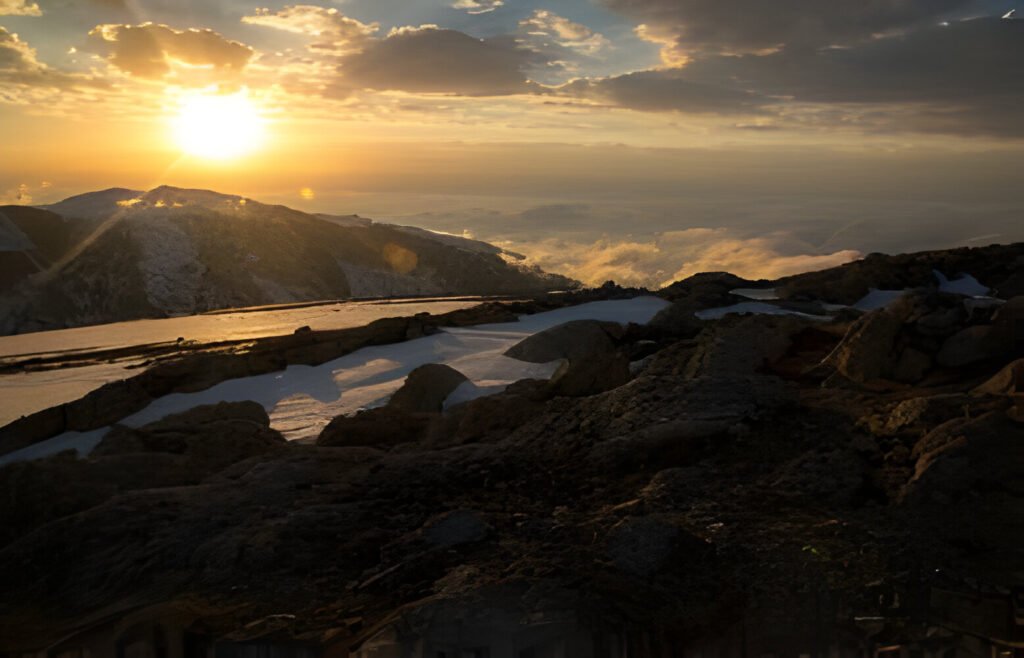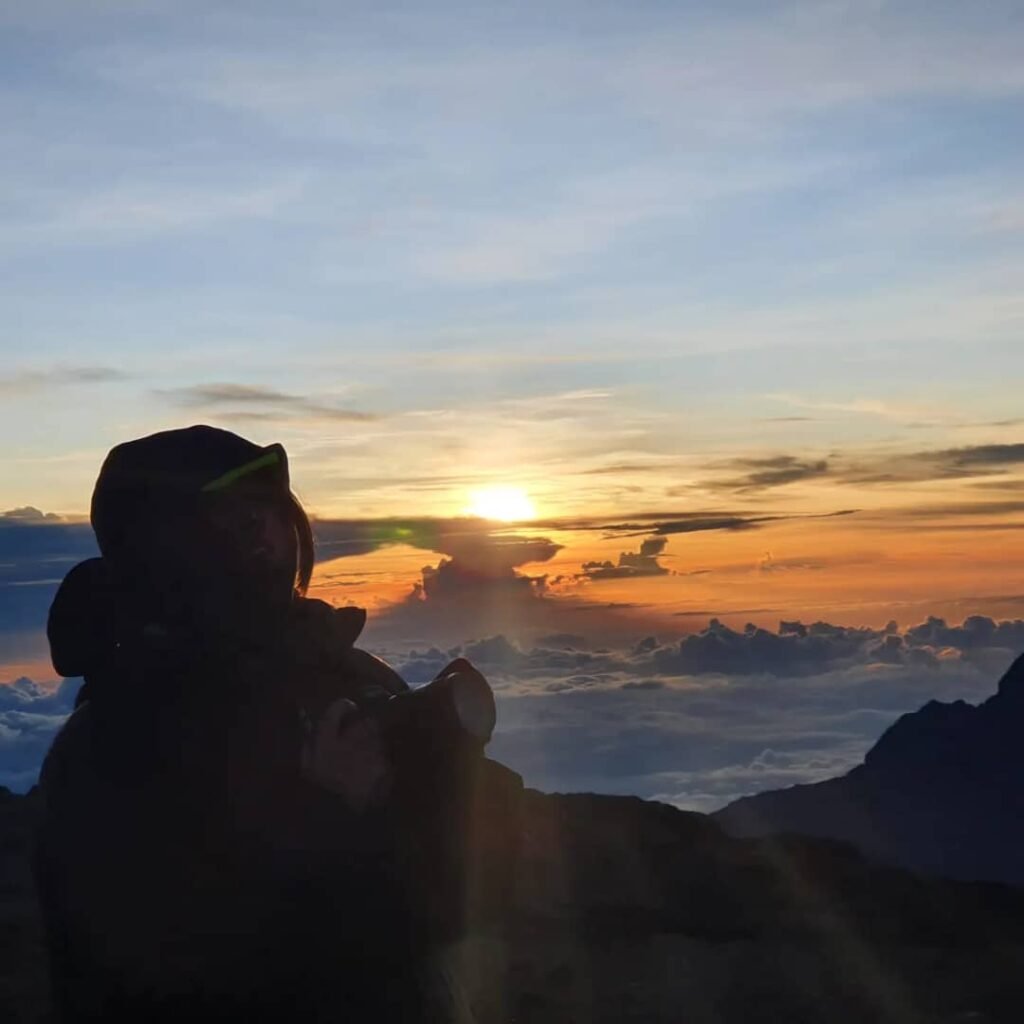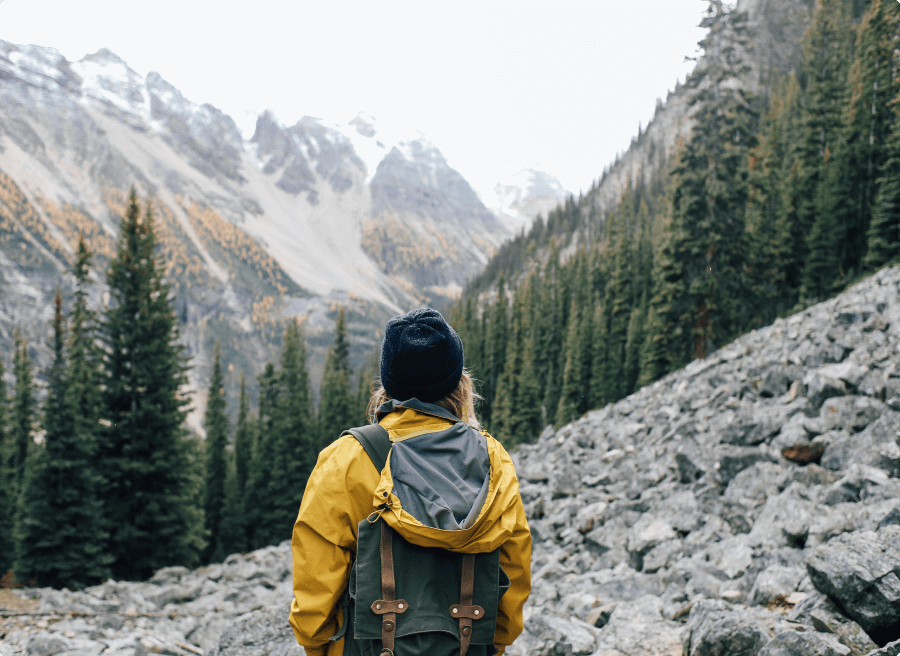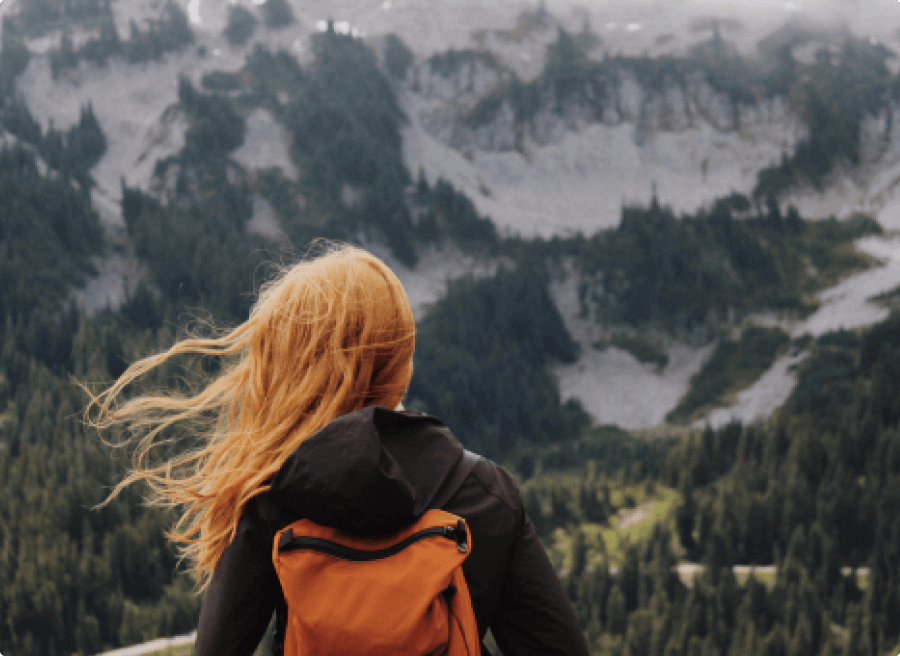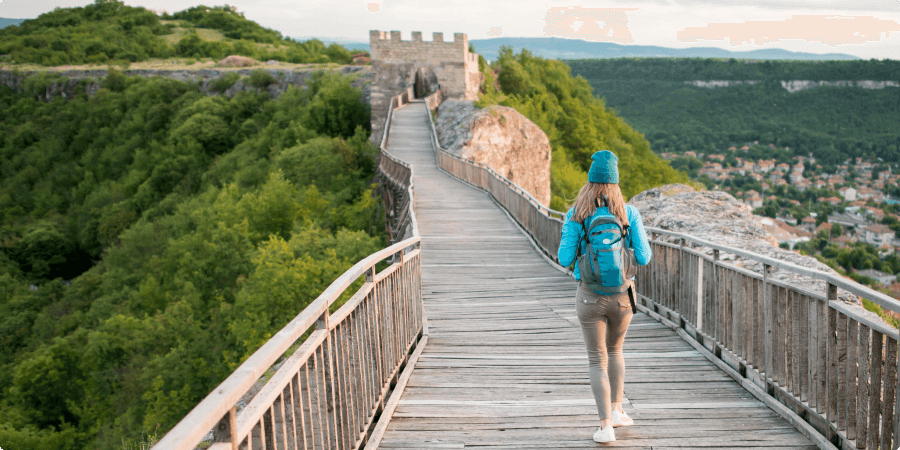The ultimate Mt Kilimanjaro in Africa : Mount Kilimanjaro, located in Tanzania, is Africa’s highest peak and the tallest freestanding mountain in the world.

The ultimate Mt Kilimanjaro in Africa : Location and Geography:
Mount Kilimanjaro is situated in northeastern Tanzania, near the border with Kenya.
It is part of Kilimanjaro National Park, a UNESCO World Heritage Site, which encompasses the mountain and its surrounding montane forest belt.
Kilimanjaro is a massive stratovolcano composed of three distinct cones: Kibo, Mawenzi, and Shira. Kibo is the highest of these cones and is home to Uhuru Peak, the highest point on the mountain at 5,895 meters (19,341 feet) above sea level.
The ultimate Mt Kilimanjaro in Africa : Climate and Ecology:
Kilimanjaro’s diverse ecosystems range from tropical rainforest to alpine desert and arctic conditions near the summit.
The mountain creates its own weather system, with temperatures decreasing as altitude increases. It supports a variety of flora and fauna adapted to different climatic zones.
The lower slopes are characterized by lush rainforests teeming with biodiversity, including colobus monkeys, elephants, and a plethora of bird species.
As climbers ascend, they pass through montane forests, heath and moorland, alpine desert, and finally, the icy summit glaciers.
The ultimate Mt Kilimanjaro in Africa : Cultural Significance:
Mount Kilimanjaro holds cultural significance for the Chagga people, who have lived in the region for centuries. They consider the mountain sacred and believe it to be the dwelling place of their god.
Kilimanjaro’s name is derived from the Swahili words “Kilima,” meaning mountain, and “Njaro,” possibly derived from a Chagga word meaning whiteness or shining.
The mountain has attracted explorers, adventurers, and climbers from around the world, drawn by its challenge and breathtaking beauty.
The ultimate Mt Kilimanjaro in Africa : Climbing Routes:
Kilimanjaro offers several climbing routes, each with its own characteristics in terms of scenery, difficulty, and acclimatization. Popular routes include the Machame, Lemosho, Marangu, Rongai, and Northern Circuit routes.
Climbers typically require 5 to 9 days to ascend and descend the mountain, depending on the chosen route and itinerary.
The trek to the summit is considered a challenging but achievable endeavor for physically fit individuals, with proper preparation and acclimatization.
Conservation and Preservation:
Kilimanjaro National Park is dedicated to the conservation of the mountain’s unique ecosystems and wildlife.
Climate change poses a significant threat to Kilimanjaro’s glaciers, which have been receding at an alarming rate in recent decades. Efforts are underway to monitor and mitigate the impacts of climate change on the mountain’s fragile environment.
Mount Kilimanjaro’s awe-inspiring beauty, cultural significance, and challenging ascent make it a bucket-list destination for adventurers and nature enthusiasts alike.
